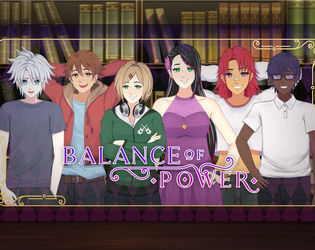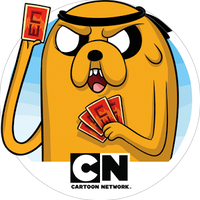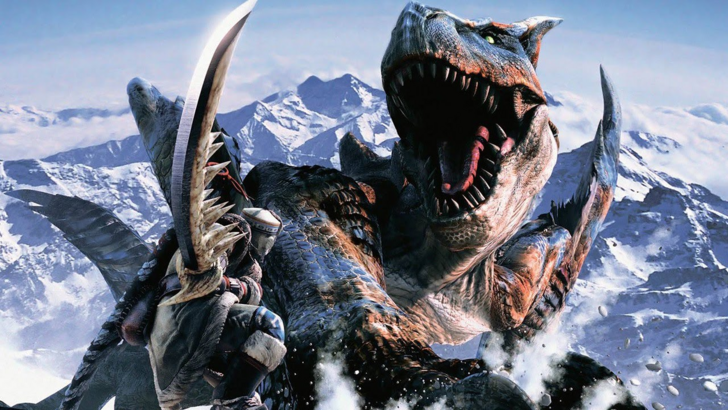
Monster Hunter is renowned for its diverse weapon types and captivating gameplay, but did you know that even more weapons haven’t made it into the newer games? Dive into the history of Monster Hunter weapons and discover more.
← Return to Monster Hunter Wilds' main article
History of Weapon Types in Monster Hunter
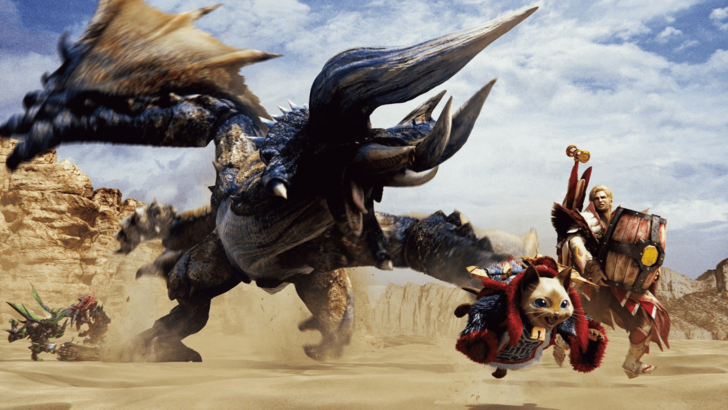
Monster Hunter has been captivating players for over two decades since its debut in 2004. One of its hallmarks is the variety of weapon types available, each with unique strengths, weaknesses, movesets, and mechanics. Monster Hunter Wilds will feature fourteen distinct weapon types, each demanding its own set of skills to master.
From the Great Sword's evolution to the introduction of weapons not released in the West, let's explore the rich history of Monster Hunter's weapons.
First Generation
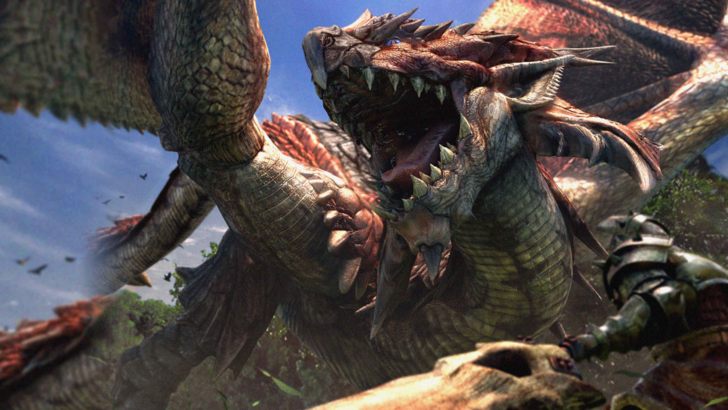
The first generation of Monster Hunter introduced the original weapons that have evolved over time. These iconic weapon types have withstood the test of time, continually refined with new movesets and mechanics.
Great Sword
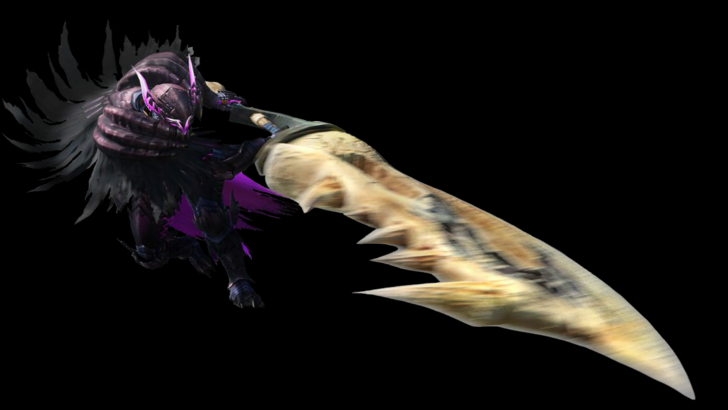
The Great Sword, an iconic weapon since the series' inception in 2004, is known for its high damage output. While it delivers powerful single hits, its slow movement and attack speed require strategic use. Initially, the weapon was centered around hit-and-run tactics and spacing.
In Monster Hunter 2, the Charged Slash was introduced, allowing hunters to build up to three charge levels for devastating attacks. Subsequent games added more finishers and improved the weapon's combo flow, including the shoulder tackle in Monster Hunter World, which facilitated quicker access to charged attacks.
The Great Sword offers a low skill floor but a high skill ceiling, rewarding players who master its timing and positioning to maximize damage with the True Charged Slash.
Sword and Shield
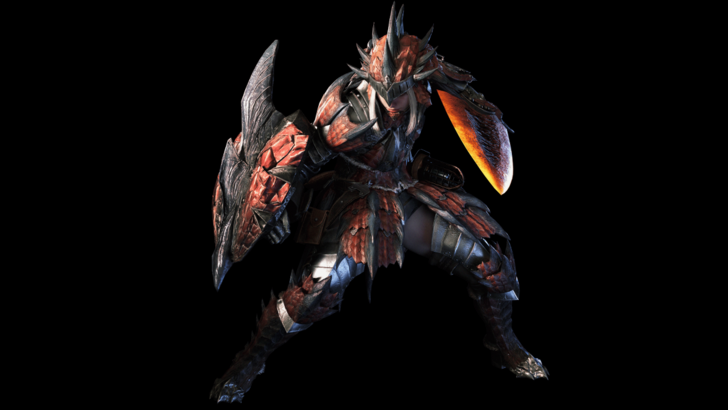
The Sword and Shield embodies versatility with balanced damage, quick combos, mobility, and utility. Initially seen as a beginner's weapon due to its straightforward mechanics, it has evolved significantly over the series.
In its early iterations, the weapon focused on quick slashes and mobility. Monster Hunter 2 introduced the ability to use items without sheathing, enhancing its utility. Subsequent games added shield bash combos, backstep and jumping attacks, and the Perfect Rush combo in Monster Hunter World and Monster Hunter Rise.
Despite its short range and moderate damage, the Sword and Shield's versatility makes it a jack-of-all-trades, offering an infinite combo, quick attacks, and defensive options.
Hammer

The Hammer, one of the two blunt damage weapons, excels at breaking monster parts and stunning them with headshots. Its playstyle, similar to the Great Sword, involves hit-and-run tactics, but with higher mobility and a unique charge mechanic that allows movement while charging.
The Hammer's moveset has remained largely consistent, with significant changes in Monster Hunter World and Monster Hunter Rise, introducing the Big Bang and Spinning Bludgeon attacks. These games also added Strength and Courage modes, altering charge attacks and effects.
The Hammer's simplicity belies its effectiveness, rewarding players who can consistently target the head for knockouts and maximize damage with charged attacks.
Lance
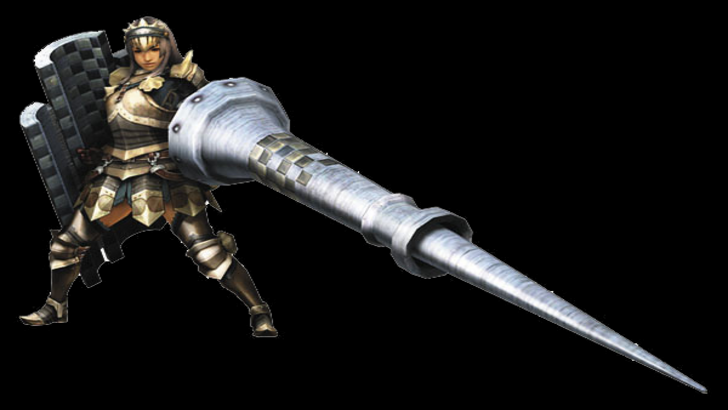
The Lance epitomizes the adage "a good offense is a great defense." With its long reach and large shield, it excels at blocking attacks and maintaining a safe distance. Its playstyle resembles an outboxer, using thrusts and counters to maintain control.
While often seen as less flashy, the Lance's design rewards players for standing their ground, turning them into formidable tanks. Its cousin, the Gunlance, offers similar defensive capabilities but with a different offensive approach.
Light Bowgun
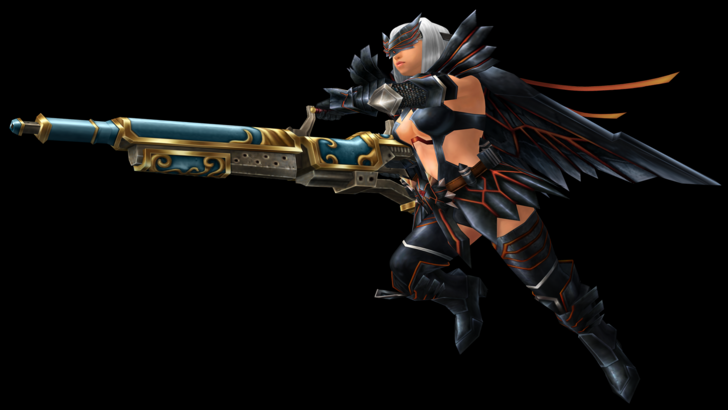
The Light Bowgun, a ranged weapon from the first generation, offers mobility and quick reloads. While it sacrifices firepower for agility, it can be customized with attachments like long barrels and scopes.
Monster Hunter 4 introduced the Critical Distance mechanic, adding depth to ranged combat. Monster Hunter World added the Wyvernblast, allowing hunters to plant bombs that detonate on impact, enhancing the weapon's mobility and offensive capabilities.
The Light Bowgun's evolution has made it a robust choice for players seeking a balance between mobility and firepower.
Heavy Bowgun
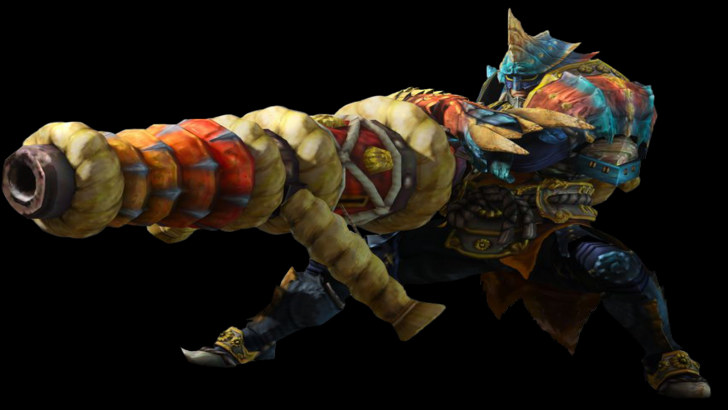
The Heavy Bowgun, introduced in the first generation, is the premier ranged weapon with high damage and versatile ammunition options. Its size and weight limit mobility, but it can be customized with shields for added defense.
Monster Hunter 3 introduced Siege Mode, allowing continuous shelling without reloading. Monster Hunter World added special ammo types like Wyvernheart and Wyvernsnipe, enhancing its offensive capabilities.
The Heavy Bowgun's design emphasizes preparation and firepower, requiring hunters to craft ammunition during hunts to maintain its effectiveness.
Dual Blades
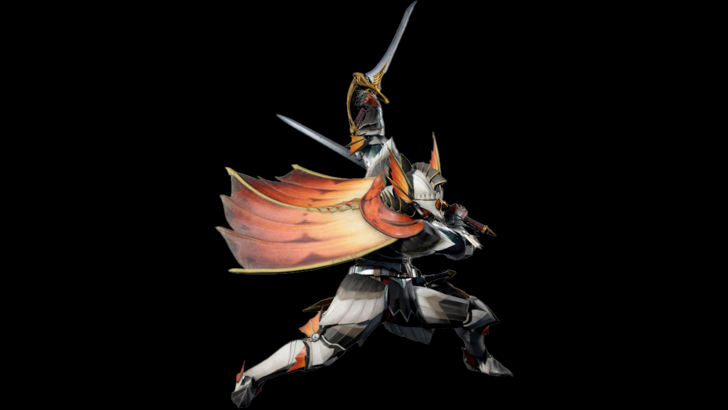
The Dual Blades, known for their speed and fluid combos, excel at inflicting status ailments and elemental damage. Introduced in the Western release of the first game, they focus on rapid, multi-hitting attacks.
The weapon's Demon Mode, introduced early on, increases damage and access to offensive maneuvers at the cost of stamina. Monster Hunter Portable 3rd and Monster Hunter 3 Ultimate added the Demon Gauge, leading to Archdemon Mode, which allowed access to new attacks without stamina drain.
The Dual Blades' evolution has reinforced their "death by a thousand cuts" approach, with the Demon Dash adding mobility and evasion options.
Second Generation
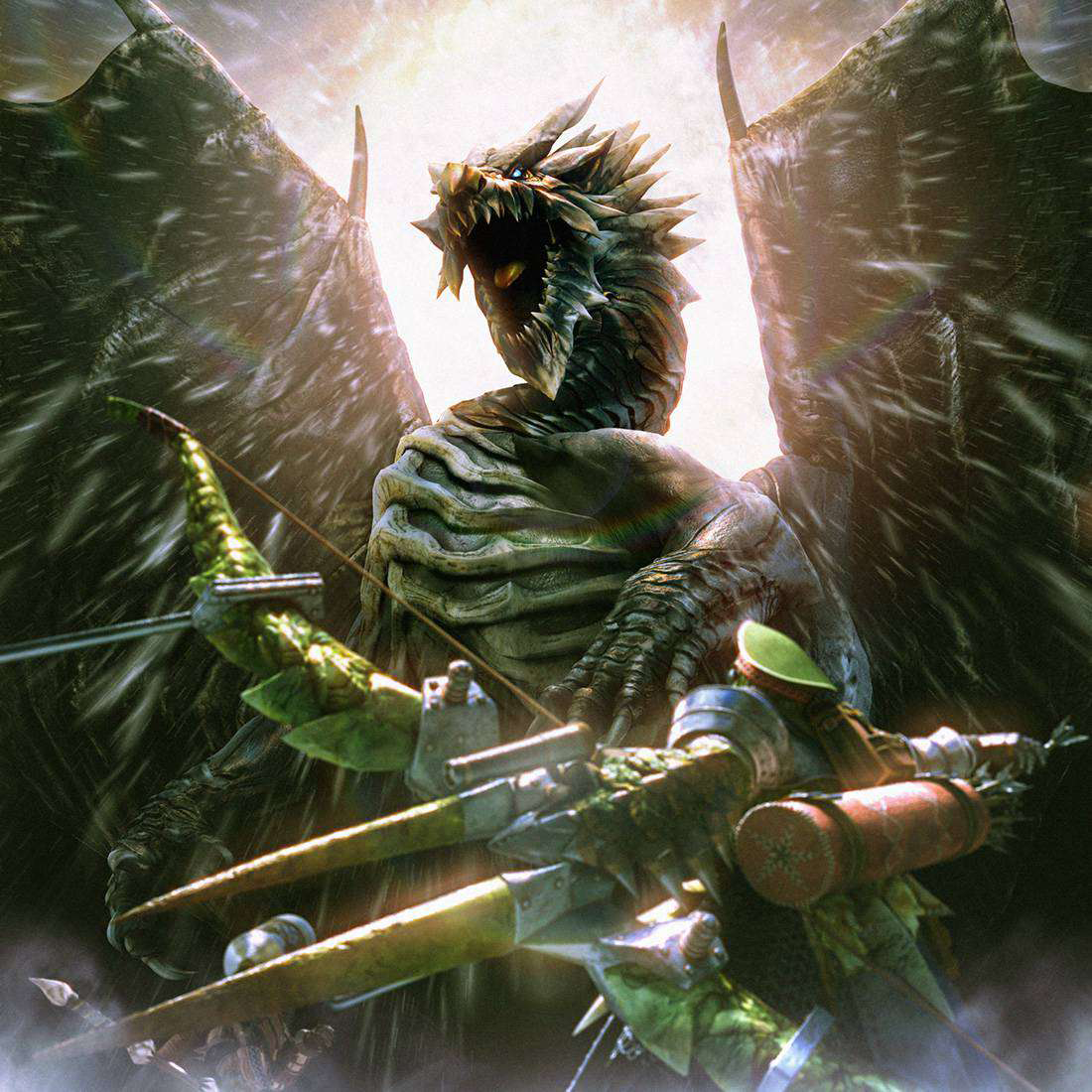
The second generation introduced weapons that, while similar to their first-generation counterparts, offered unique movesets and mechanics.
Long Sword
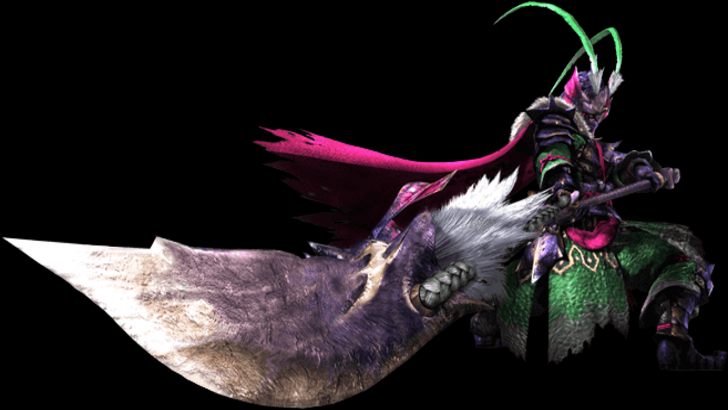
The Long Sword, known for its fluid combos and high damage, was introduced in Monster Hunter 2. It resembles the Great Sword but offers higher mobility and a more dynamic combo structure.
The Spirit Gauge, central to the Long Sword's mechanics, fills with successful attacks, granting access to the Spirit Combo. Monster Hunter 3 added levels to the Spirit Gauge, culminating in the Spirit Roundslash finisher.
Monster Hunter World introduced the Foresight Slash, a parry attack that enhances the weapon's fluidity. Iceborne added the Iai Stance, offering new ways to quickly max out the Spirit Gauge and execute powerful attacks.
The Long Sword's evolution has shifted it towards a counter-based playstyle, enhancing its dynamic and combo-oriented nature.
Hunting Horn
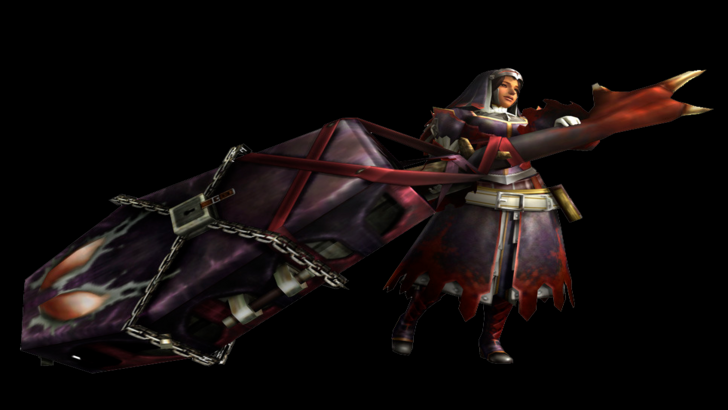
The Hunting Horn, introduced in Monster Hunter 2, is the series' support weapon, offering buffs through its Recital mechanic. It deals impact damage, similar to the Hammer, but with weaker overall damage due to its support capabilities.
Monster Hunter 3 Ultimate allowed notes to be played during attacks, improving the weapon's fluidity. Monster Hunter World introduced song queuing, enabling simultaneous activation of multiple effects.
Monster Hunter Rise overhauled the Hunting Horn, simplifying its mechanics by reducing the song list and automating buffs. This change, while divisive, aimed to balance the weapon's support and offensive capabilities.
Gunlance
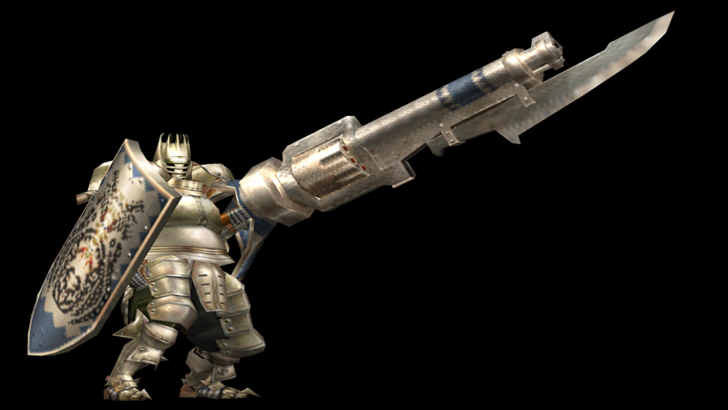
The Gunlance, introduced in the second generation, combines the Lance's defensive capabilities with explosive shelling. Its gameplay revolves around balancing physical attacks with shelling, using the Wyvern's Fire as a powerful finisher.
Monster Hunter 3 added a quick reload mechanic and the Full Burst attack, enhancing its aggressive playstyle. Monster Hunter X introduced the Heat Gauge, adding a layer of strategy to its offense.
Monster Hunter World added the Wyrmstake Shot, a new finisher that impales monsters with an explosive stake. The Gunlance's unique mechanics require players to balance their attacks to avoid burning out their shelling capabilities.
Bow
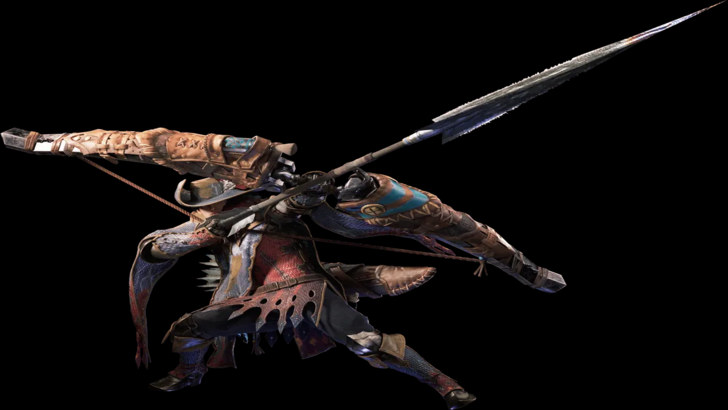
The Bow, introduced in Monster Hunter 2, is the most agile ranged weapon, focusing on close-to-mid-range combat. It uses chargeable attacks and Coatings to enhance damage and inflict status effects.
Monster Hunter World streamlined the Bow's moveset, making it more combo-heavy and universal. Monster Hunter Rise reintroduced Shot Types tied to charge levels, adding variety to its attacks.
The Bow's evolution has embraced an aggressive, combo-oriented playstyle, distinguishing it from other ranged weapons.
Third and Fourth Generation
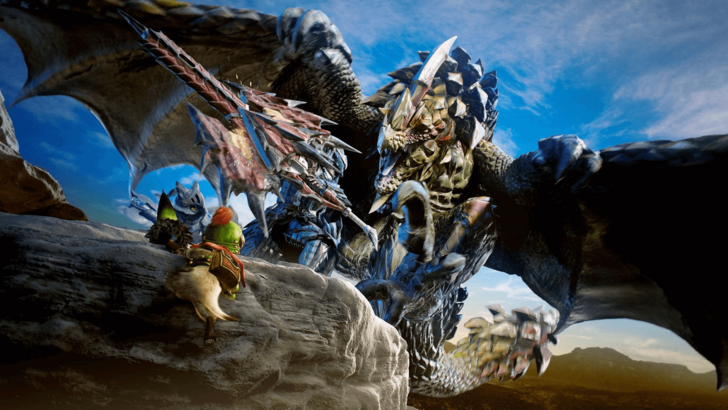
The third and fourth generations introduced weapons with unique mechanics, including morphing capabilities and buff systems.
Switch Axe
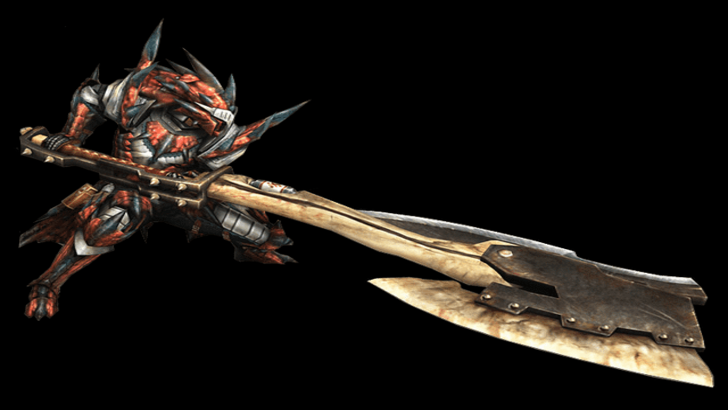
The Switch Axe, introduced in Monster Hunter 3, features two modes: Axe Mode for mobility and range, and Sword Mode for higher damage and the Elemental Discharge finisher. Initially, players had to unlock the weapon through a quest.
Monster Hunter World introduced the Amped state, empowering Sword Mode with phial effects. Monster Hunter Rise extended this to both modes, encouraging fluid transitions during combat.
The Switch Axe's form-swapping mechanics add a unique layer of strategy to the series' gameplay.
Insect Glaive
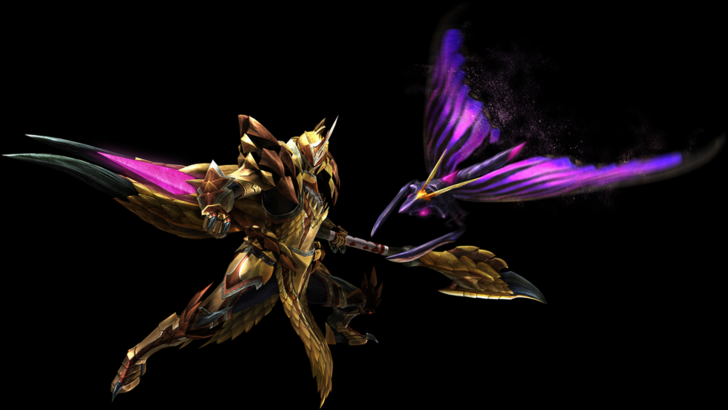
The Insect Glaive, introduced in Monster Hunter 4, specializes in aerial combat and is paired with a Kinsect that collects essences for buffs. These essences enhance attack, mobility, and defense, with the strongest state achieved when all three are collected.
While its core gameplay has remained consistent, Monster Hunter World: Iceborne added the Descending Thrust finisher. Monster Hunter Rise simplified the Kinsect upgrade system, making it more accessible to new players.
The Insect Glaive's unique mechanics and aerial prowess set it apart from other weapons in the series.
Charge Blade

The Charge Blade, introduced in Monster Hunter 4, is a versatile weapon with Sword and Axe modes. It uses Sword Mode to charge phials and Axe Mode to unleash the Amped Elemental Discharge.
The weapon's complexity lies in mastering its Guard Points and transitions between modes. While challenging to learn, the Charge Blade offers rewarding gameplay with its balanced offense and mechanical depth.
Will There Be More?
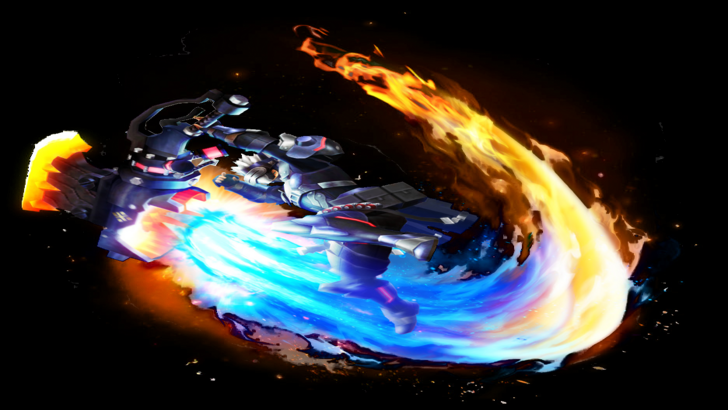
Monster Hunter Wilds will feature the fourteen weapons mentioned, but the series has a history of introducing new weapons or porting existing ones from previous releases. As the series continues to evolve, we can anticipate even more innovative weapons that enhance the game's depth and appeal.
You may also like...




